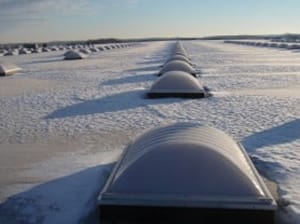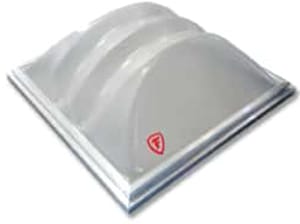commercial roof Skylight Installations in Minneapolis
Skylight Installation Contractors Minneapolis
Installing skylights in Minneapolis can significantly enhance commercial spaces by adding natural light and improving energy efficiency. Given the city’s distinct seasons, skylights can transform dim rooms into vibrant areas. Choosing the right contractor is crucial for quality installation and long-term satisfaction.
When selecting skylights, consider both style and function. Options like curb-mounted and deck-mounted skylights cater to different roof types and needs. Understanding their benefits and limitations helps in making informed decisions.
Prioritizing reputable and experienced professionals ensures a successful installation, adding beauty and energy efficiency to commercial buildings.
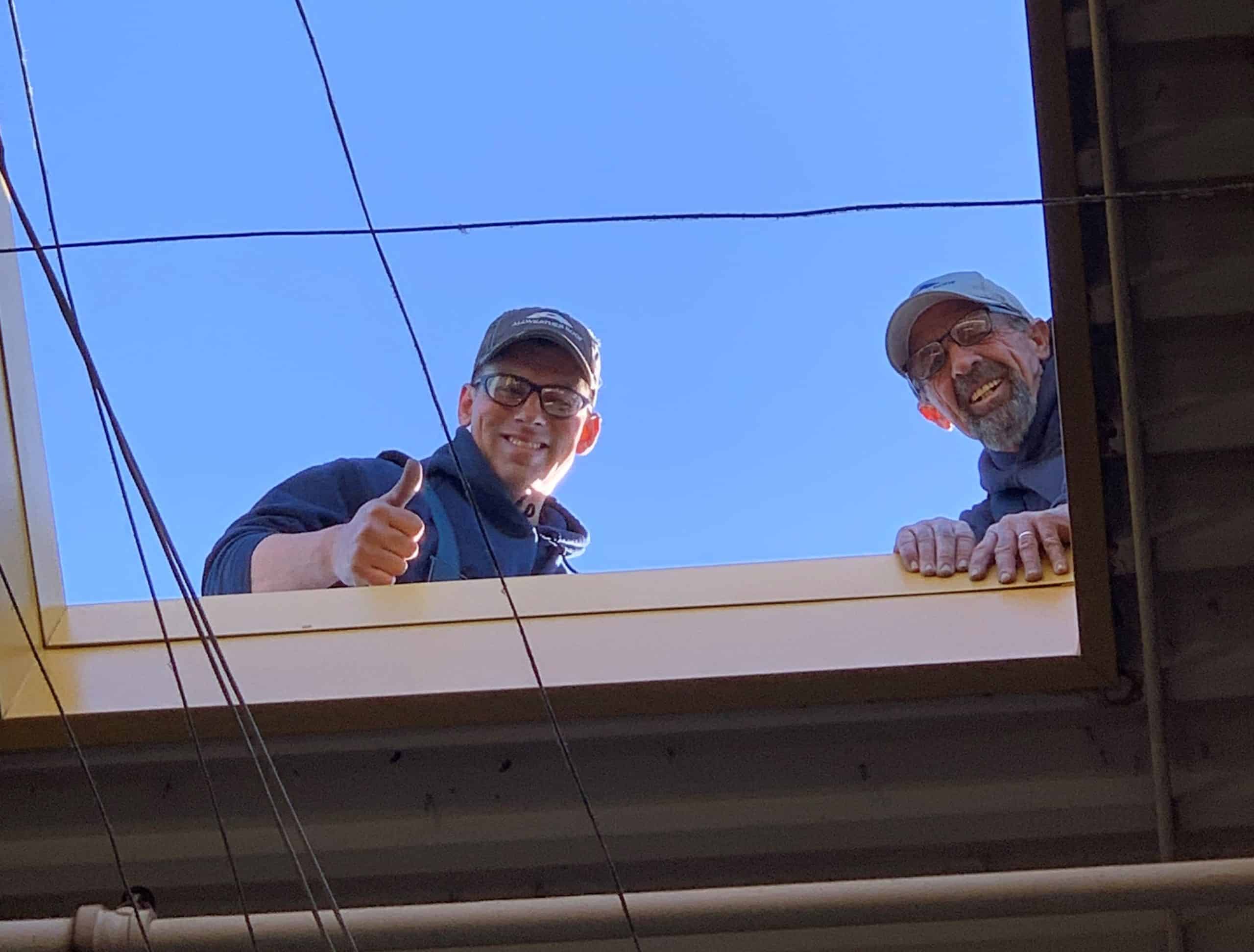
Assessing Your Needs for Skylight Installation
When considering skylight installation, it’s essential to identify the purpose, choose the right type, and consider Minneapolis’s unique climate. We’ll guide you through each step.
First, let’s decide why you want a skylight. Is it to brighten up a dark office space, save on energy costs, or enhance your building’s aesthetic appeal? Each purpose might lead us to different types of skylights. For example, if we’re aiming to increase natural light in a lobby, a larger, fixed skylight might be ideal. If energy efficiency is our focus, we might want a model with insulated glass. Recognizing our primary goal helps us make the best choice.
Types of Skylights
In Minneapolis, various types of skylights can enhance natural lighting, improve energy efficiency, and create a better working environment. Each type offers distinct advantages suitable for different building needs.

Curb-Mounted Skylight
These skylights are installed on top of a curb or parapet wall and are typically used on flat or low-sloped roofs. They come in a variety of sizes and can be custom made to fit the specific needs of the building.
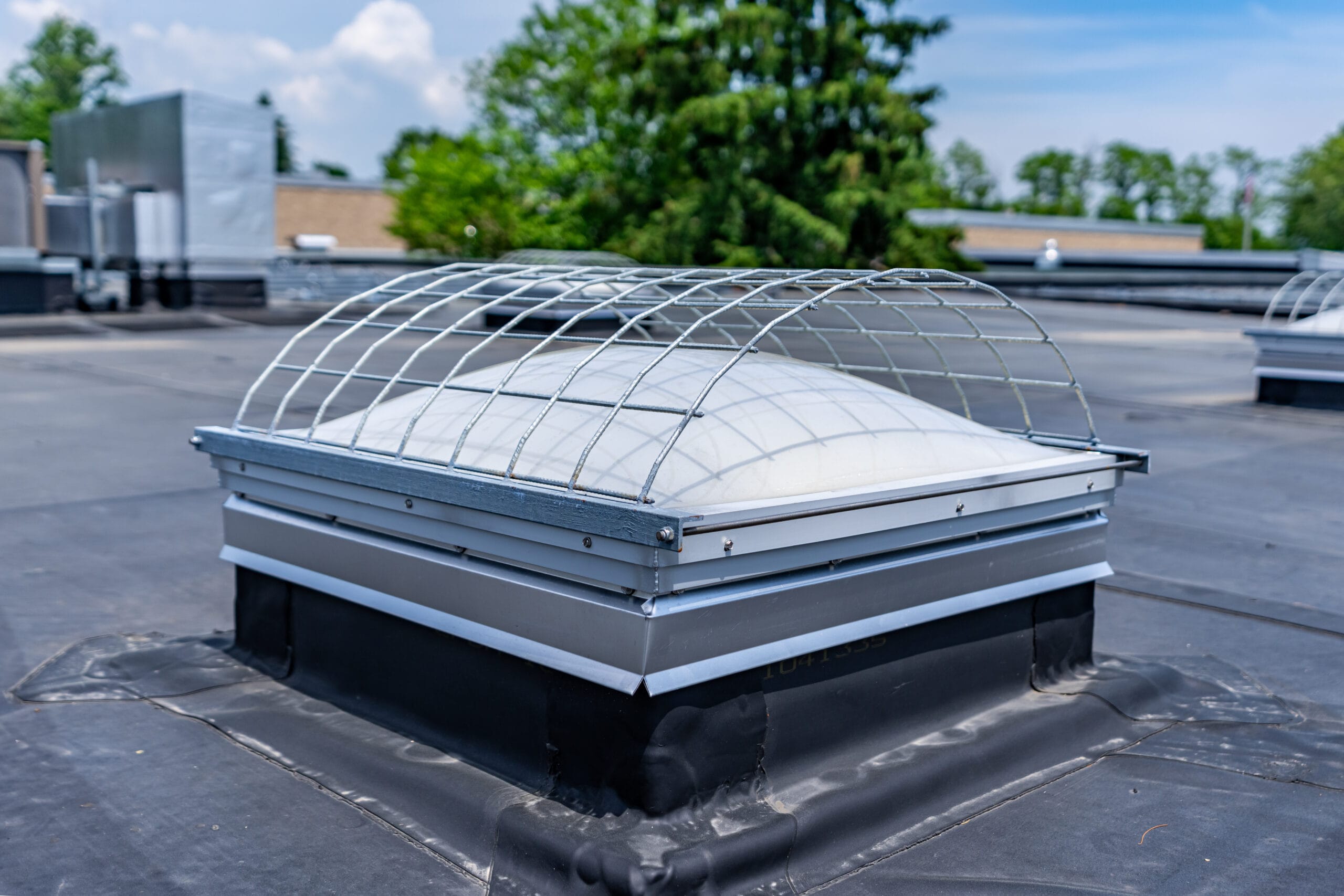
Dome skylight
These skylights are dome-shaped and are typically used on flat or low-sloped roofs. They are available in a variety of sizes and are often used in commercial settings such as factories, warehouses, and retail spaces.
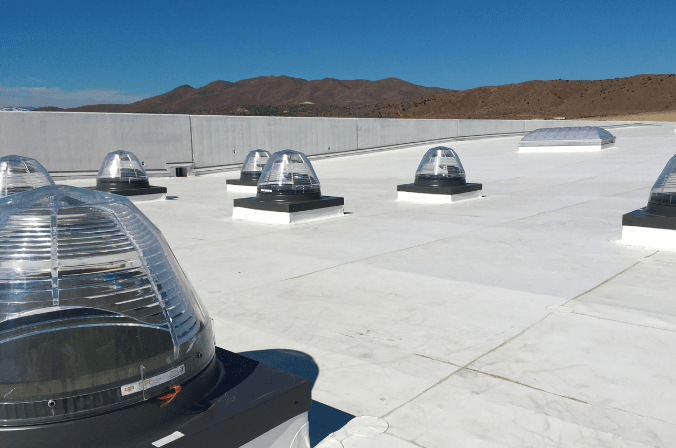
Tunnel Skylights
Also known as “light tubes” or “sun pipes,” these skylights are used to bring natural light into interior spaces that do not have access to direct sunlight. They are highly efficient and can be used in a variety of commercial settings.
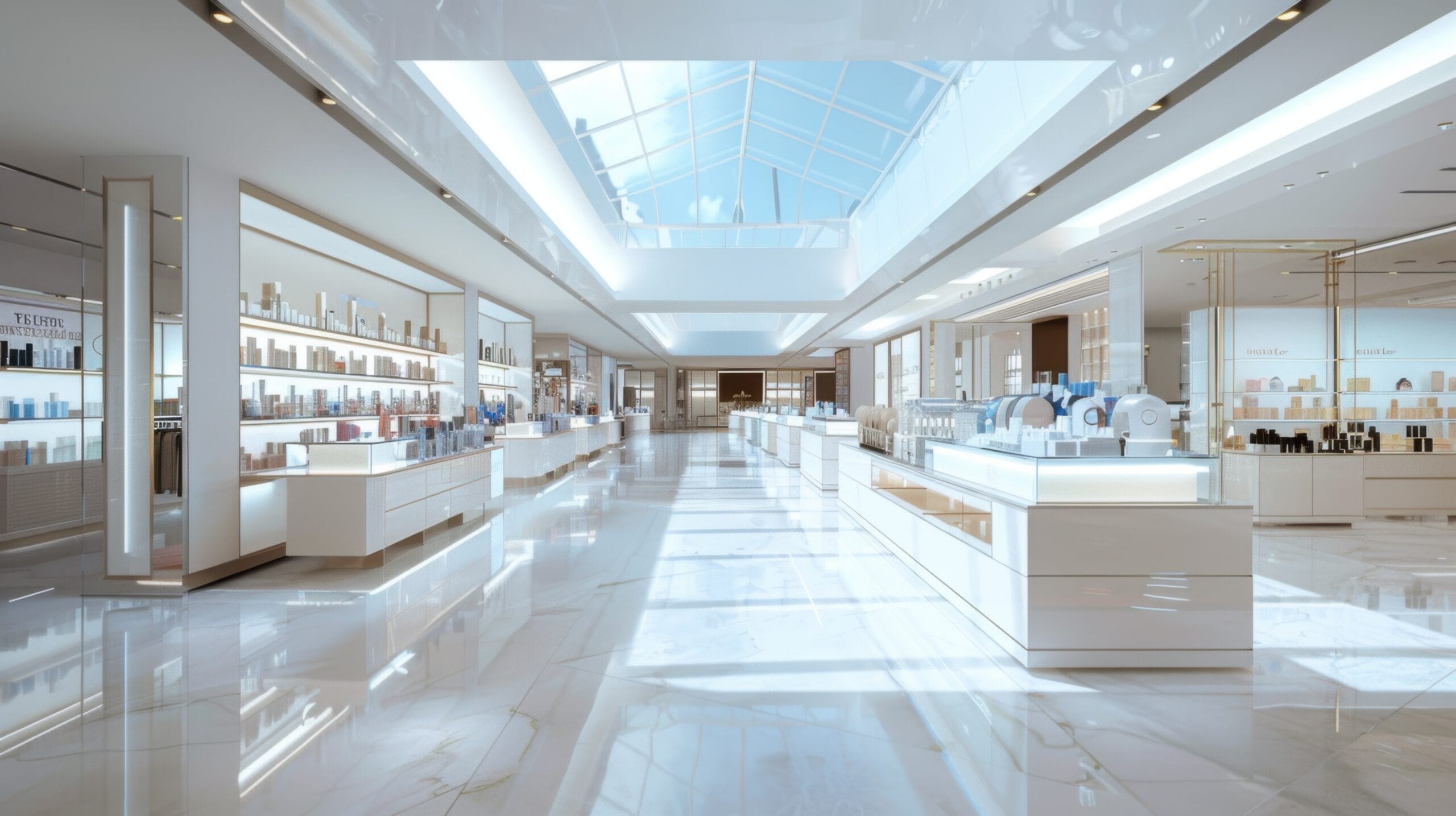
Pyramid Skylight
These skylights are dome-shaped and are typically used on flat or low-sloped roofs. They are available in a variety of sizes and are often used in commercial settings such as factories, warehouses, and retail spaces.
Understanding Minneapolis Climate Considerations
Minneapolis experiences cold winters and warm summers, so we must choose skylights that withstand these extremes. It’s crucial to select units with excellent insulation to prevent heat loss in winter. In summer, proper glazing can reduce heat gain, keeping interior spaces comfortable.
Additionally, considering weather-resistant materials is vital for longevity. We need to ensure our skylights have strong seals to prevent leaks, which are common in areas with snowy and rainy weather. Addressing these climate factors will help our skylights perform well year-round.


Planning and Preparation
Successful skylight installation in Minneapolis requires careful planning. We must choose the right location, handle permit requirements, and select a reliable contractor to ensure the project goes smoothly.
Selecting the Optimal Location
Choosing the right location for a skylight involves considering roof slope, sunlight exposure, and structural integrity. Aim for areas with natural light but avoid direct midday sun to prevent overheating. Ensure the roof is sturdy and free of obstructions like beams. By addressing these factors, the skylight will enhance both aesthetics and functionality.
Obtaining Necessary Permits in Minneapolis
In Minneapolis, building permits are typically required for skylight installation. Check local regulations, submit detailed plans, and pay any associated fees to comply with city guidelines. Engaging with local authorities early helps prevent delays and ensures adherence to building codes.
Choosing Your Skylight Installation Contractor
Selecting an experienced contractor is crucial. Look for professionals with positive reviews and a solid track record, like Allweather Roof. Verify credentials, request quotes, and check references to compare services and prices. A reliable contractor will guide you through the process, ensuring the installation meets your expectations.
The Installation Process
When installing a skylight in Minneapolis, it is important to follow a step-by-step guide, employ safety practices, and conduct thorough post-installation inspections. This ensures that the skylight is secure and functions without issues.
Step-by-Step Installation Guide
Start by measuring and marking the roof for the skylight opening to ensure accuracy. Cut the opening carefully and install the skylight frame using high-quality fasteners and waterproof materials to prevent leaks. Fit and seal the skylight unit, then add flashing around it to direct water away and avoid seepage.
Safety Measures and Best Practices
Safety is paramount during installations. Use proper safety gear like helmets, gloves, and harnesses. Maintain tools to ensure efficiency and prevent mishaps. Stabilize ladders before climbing and always work in pairs for added safety. Check weather conditions to avoid working in unsuitable conditions that could compromise safety.
Post-Installation Inspections
Conduct thorough checks after installation. Inspect seals and flashing to ensure there are no gaps or loose components, preventing future leaks. Test for leaks by simulating rain conditions and check the interior for signs of moisture. Provide building owners with maintenance tips, including cleaning advice and damage signs to watch for, ensuring the skylights remain in top condition.
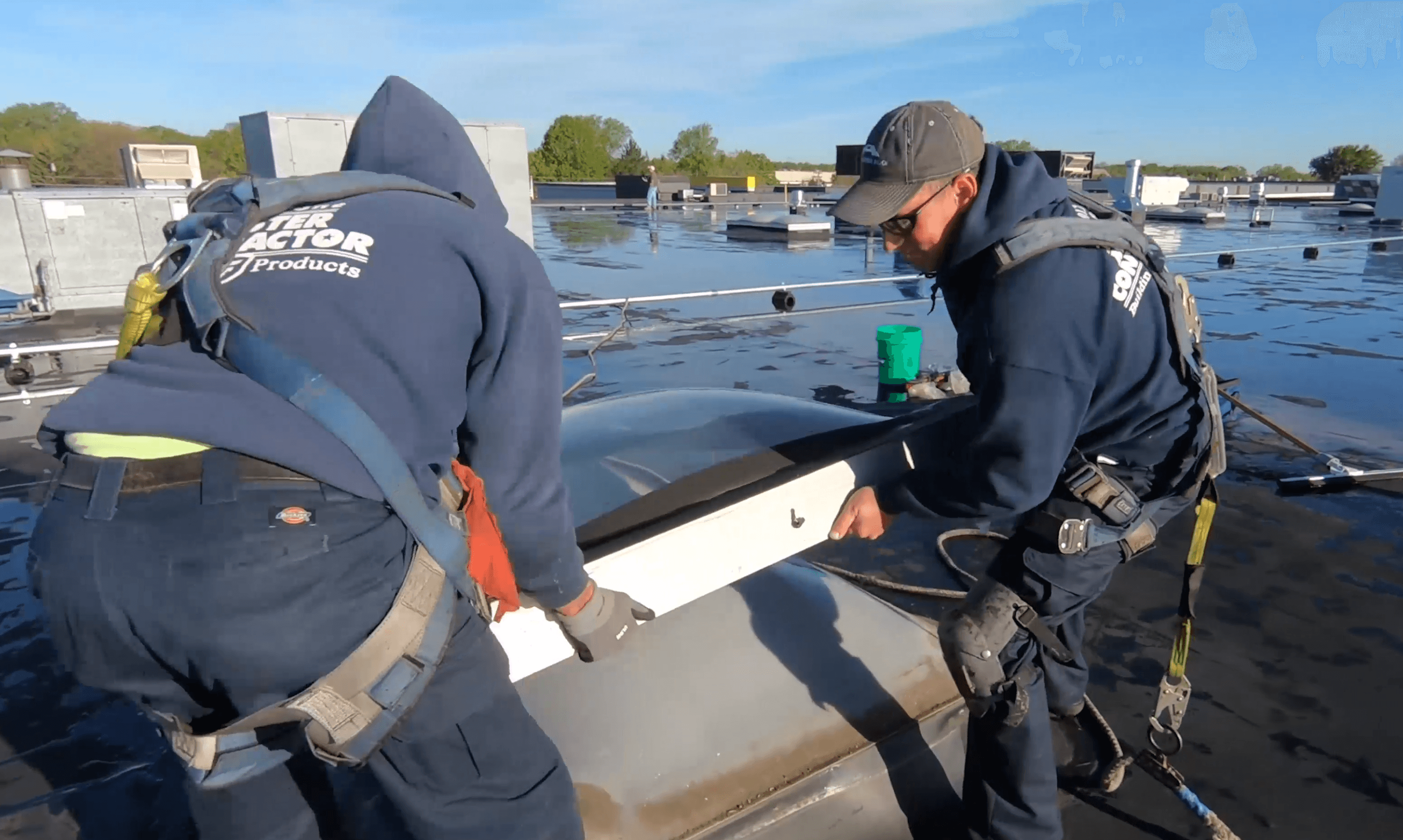

Skylight Roof Images
Maintenance and Upkeep of Skylights
Keeping skylights in good condition can enhance their lifespan and efficiency. We’ll explore essential aspects like cleaning, dealing with leaks, and tips for long-term maintenance.
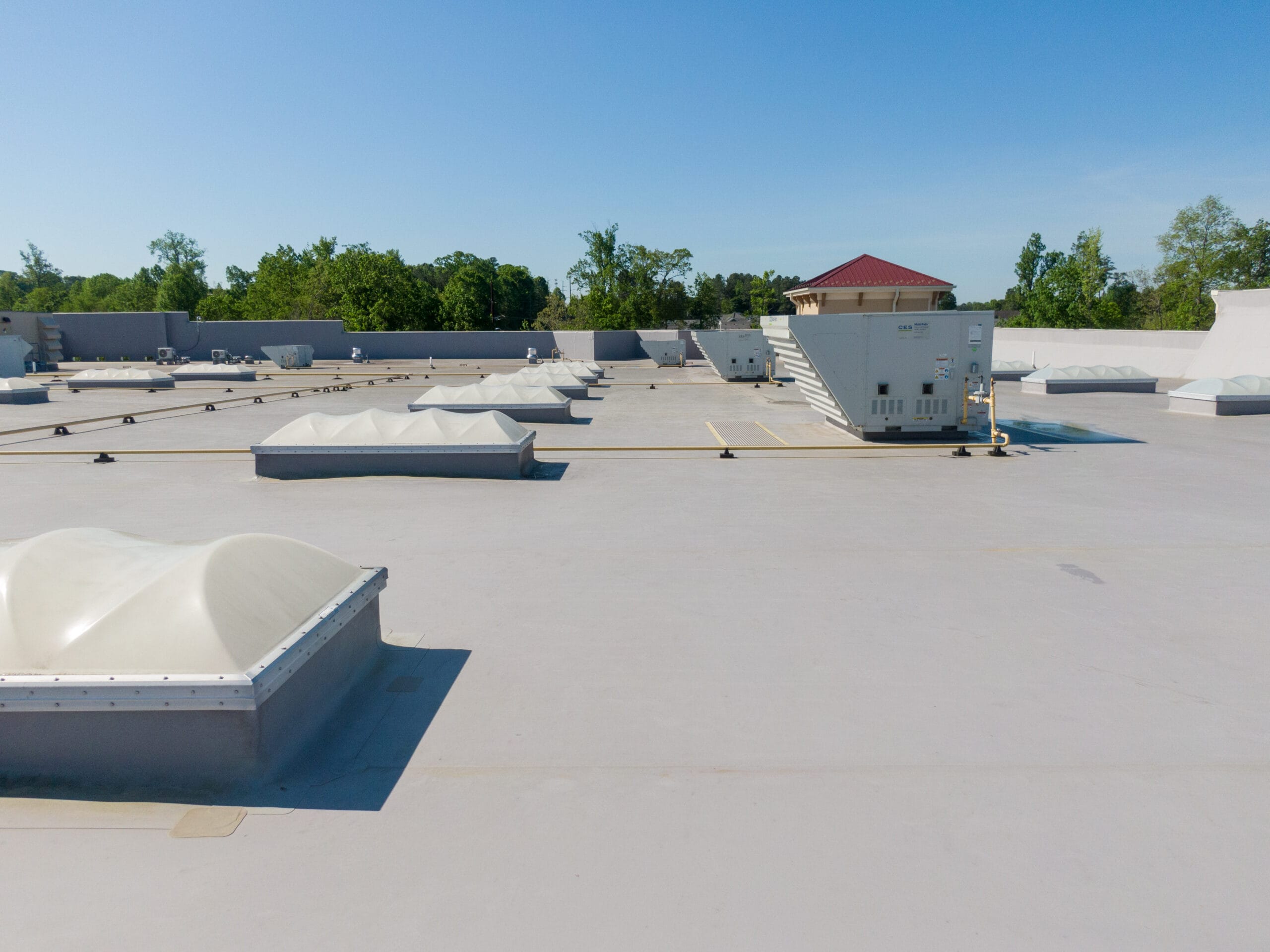
Trusted by 5500+ happy customers
Routine Cleaning and Care
Regular cleaning keeps skylights clear and functional. Use a gentle, non-abrasive cleaner with a soft cloth or sponge to avoid scratches. Clean twice a year, or more often if needed. For hard-to-reach skylights, use proper safety equipment or hire professionals. Annual inspections can catch small issues early.
Addressing Skylight Leaks and Damage
Quickly address leaks to prevent severe water damage. Look for water stains or mold around the frame. Use specialized sealants for temporary fixes until professional repairs can be made. Regularly check seals and frames for wear, and repair minor cracks promptly. For recurring leaks, seek expert advice.
Long-Term Performance Tips
Maintain skylight efficiency by choosing high-quality materials and energy-efficient options during installation. Regular maintenance, including checking seals and cleaning filters, extends lifespan. Follow manufacturer recommendations for best practices. These steps ensure the benefits of natural light without compromising building health.
Frequently Asked Questions
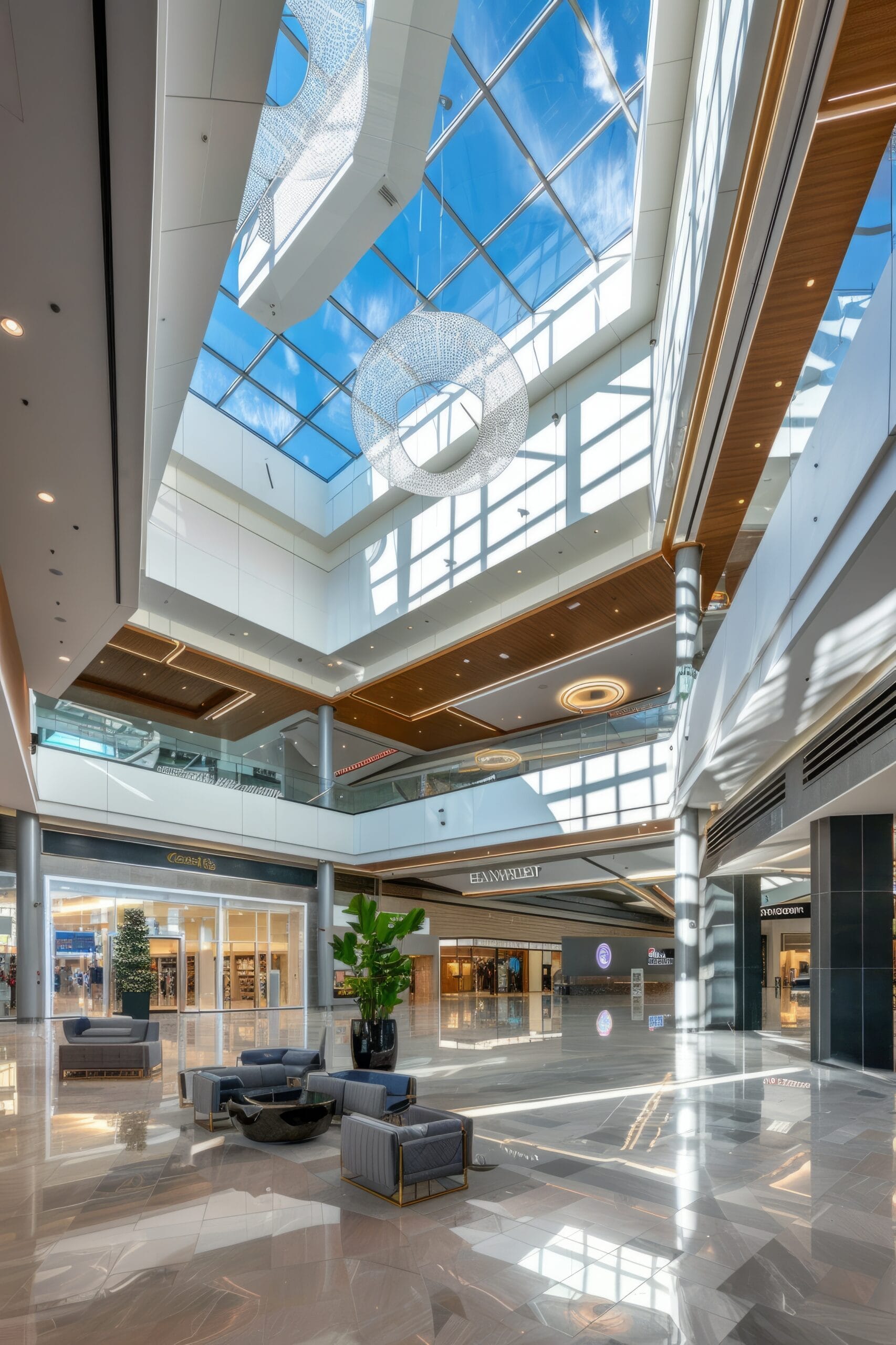
Do commercial skylights leak?
No. With Allweather Roof, you can rest assured that your skylights won’t leak. As one of the best skylight installation contractors in Minneapolis, we follow the manufacturer’s guidelines, and take great care when adding the finishing touches, like sealing the opening against water leaks. So, you have nothing to worry about.
Are there any specific requirements for the skylights installation on a sloped roof?
Yes, there are certain requirements that must be taken into account when installing skylights on a sloped roof. These may include –
- Ensuring proper flashing and sealing.
- Reinforcing the roof to support the weight of the skylight.
- Selecting a skylight that is specifically designed for sloped roofs.
How often do commercial building skylights need to be replaced?
In general, skylights that are installed and maintained properly can last for several decades. The frequency at which commercial building skylights need to be replaced can vary depending on a number of factors, including –
- The type of skylight
- The quality of the installation
- The overall condition of the roof
How long does it take to install a skylight?
How much does it cost for a new skylight installation?
The cost will depend on several factors, including –
- The size
- The type of skylight (fixed or ventilation)
- The flat ceiling or vaulted ceiling
- The type of installation desired


